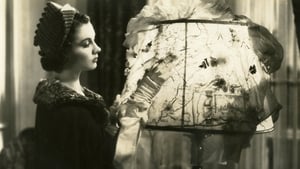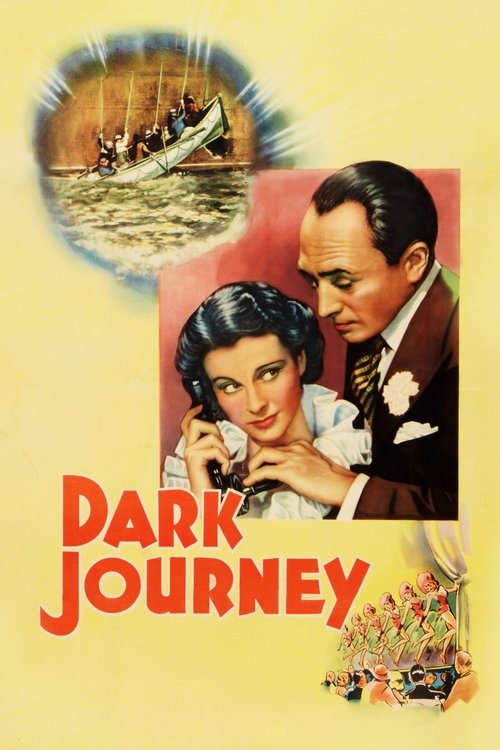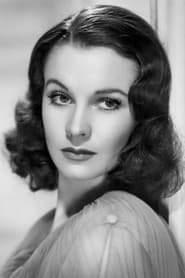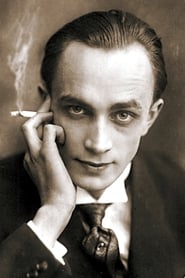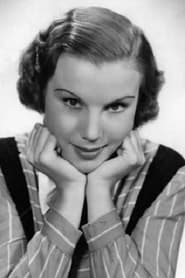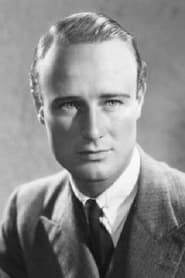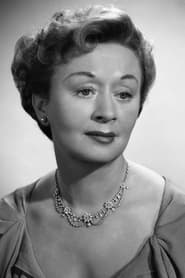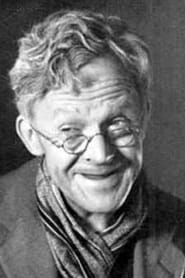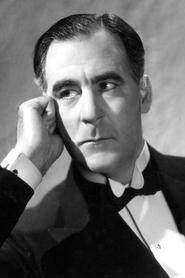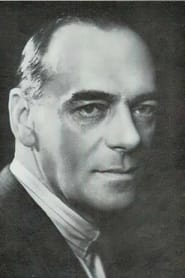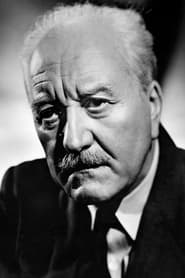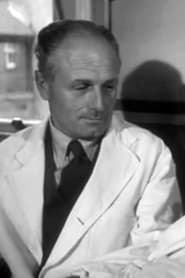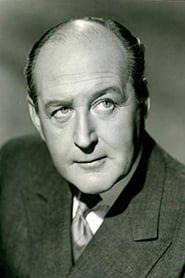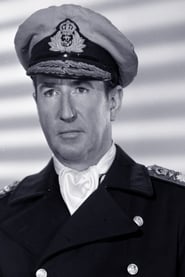Cast
View AllVivien Leigh
as Madeleine Goddard
Conrad Veidt
as Baron Karl Von Marwitz
Joan Gardner
as Lupita
Anthony Bushell
as Bob Carter
Ursula Jeans
as Gertrude
Margery Pickard
as Colette
Eliot Makeham
as Anatole Bergen
Austin Trevor
as Dr. Muller
Sam Livesey
as Major Schaeffer
Edmund Willard
as General Berlin of German Intelligence
Charles Carson
as Head of Fifth Bureau
Philip Ray
as Faber
Henry Oscar
as Swedish Magistrate
Cecil Parker
as Captain Of Q-Boat
Reginald Tate
as Mate of Q-Boat
Crew
Director
- Victor Saville
Producer
- Victor Saville
Reviews
CinemaSerf
This is quite an exciting tale of WWI espionage with Vivien Leigh and Conrad Veidt caught up in a clever web of international intrigues in Sweden. Leig is "Madeleine", a Stockholm couturier who wants to help her native France during the Great War - so she helps smuggle information to London hidden, ingeniously, amongst her fashions. Her British handler asks her to keep an eye of newly arrived German "deserter" Veidt ("Karl") who is secretly there to identify and break their clever network. They both know the danger each face from the other and despite the dangerous cat and mouse game they are engaged in, they start to form an attraction that leads to conflict and danger! There is a smouldering chemistry between the two stars here; Leigh is much less flighty than in some of her later performances, and Veidt always did play the baddie well. Victor Saville keeps the mood dark and intriguing as we build towards quite an exciting denouement at sea with Cecil Parker, and a mini-sea battle.
Jun 20, 2022
Thematic Analysis
As a dramatic work, Dark Journey examines complex human relationships and emotional struggles against the backdrop of a period setting that reflects societal issues of its time. The character development particularly stands out, offering viewers a chance to reflect on their own life journeys.
Director Victor Saville brings their distinctive visual style to this film, continuing their exploration of themes seen in their previous works while adding new elements. Their approach to character development and emotional depth creates a viewing experience that rewards close attention.
Released in 1937, the film exists within a cultural context that now offers viewers historical perspective on the social issues of that era. Its reception demonstrates the diverse reactions to its artistic choices and its place in cinema history.
Did You Know?
- The production of Dark Journey took approximately 32 months from pre-production to final cut.
- The final cut of the film runs for 77 minutes, though the director's initial assembly was reportedly 113 minutes long.
- The costume department created over 420 unique costume pieces for the production.
- The screenplay went through 14 major revisions before the final shooting script was approved.
- The director insisted on using practical effects whenever possible, reserving CGI for only the most necessary scenes.
Historical Context
- In 1937, when this film was released:
- The civil rights movement was gaining momentum in the United States.
- The Cold War was intensifying, influencing global politics and culture.
- The film industry was dominated by major studios, with independent cinema still in its early development.
How This Film Stands Out
While Dark Journey shares thematic elements with other films in its genre, it distinguishes itself through its unique approach to storytelling, visual style, and character development.
Unlike To Be or Not to Be, which takes a more conventional approach to its subject matter, Dark Journey offers a fresh perspective through its innovative visual language and narrative structure.
While films like North by Northwest and Live and Let Die explore similar territory, Dark Journey stands apart through its distinctive directorial vision and pacing.
This film's unique contribution to cinema lies in its bold artistic choices and willingness to challenge viewer expectations, making it a valuable addition to its genre.
Details
- Release Date: July 2, 1937
- Runtime: 1h 17m
Where to Watch


